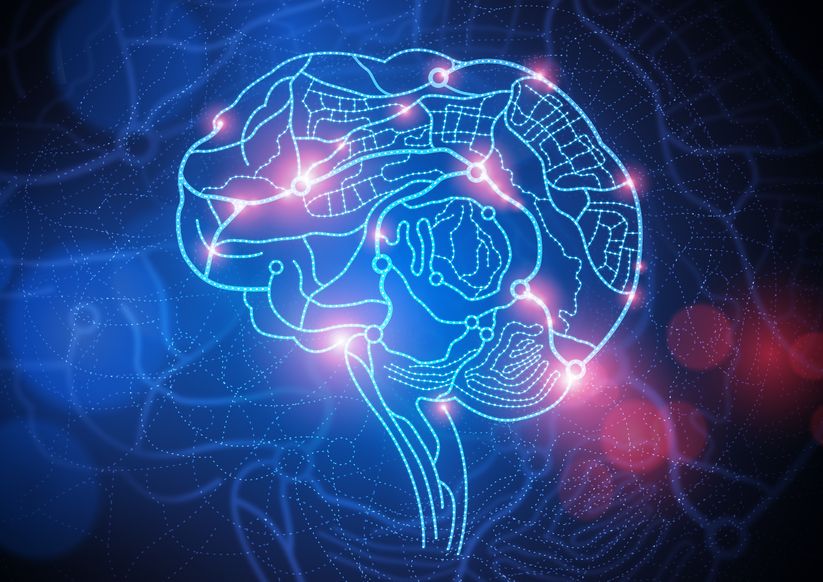PAIN/TRAUMA
Pain has many definitions. Some very scientific. Some less so. But all cultures, species, and organisms show a reaction to pain. The physiology (way in which a living organism functions) is described as an essential mechanism of response or reflex due to a nociceptic (dangerous) stimulus to promote survival. In essence, pain is something we, the organism, try to avoid, in order to survive.
“I have a really high pain tolerance” – patients worldwide
This phrase makes my brain antsy. I will never know your pain tolerance because I am not you. Pain is a subjective (individual/unique) experience and we attempt to quantify it with objective (observable/measurable) tools. Have you ever tried to read a foreign language out loud? That is how I like to describe interpreting someone else’s pain. Healthcare professionals quantify pain. However, in doing so we inadvertently ask patients to judge themselves. I can’t speak for you, but I know Ido enough self judging, and I am not good at describing my own pain. Probably from fear of judgement. Crucial to healthcare, there is an important reason we ask about pain. We, as physios, want to help! So we need to establish a baseline. A point from which we can work and monitor changes. I am a firm believer that each patient/individual knows their body best. After all, it is the only one you have known your whole life.
The physiotherapist’s role is to identify what mightbe causing the pain and teach you how to let your body heal. Believe it or not our bodies are designed, coded and built to survive. Pain simply challenges this. I think the most confusing riddle we face today in healthcare is pain. This is evident in our national spending, current opioid crisis and reluctance to promote good healthcare education. People who are suffering with pain experience difficulties concentrating, making decisions, and communicating. Yet, it is the patient’s job to try and explain their pain. Don’t forget the patient is speaking their unique pain language, which no one else can perfectly read or write. Hey, no one said it would be easy. The toughest riddles are the most rewarding when solved.
For more in depth physiology of pain check out Brukner and Khan’s Clinical Sports Medicine 4th ed. (2012). Also, you can google Bahram Jam. He is a Canadian physiotherapist who has a lot of neat resources about pain. Another interesting fellow is Lorimer Moseley. He is an Australian neuroscientist and pain researcher. He has an informative Ted Talk on pain perception. Follow this URL to check it out:
https://www.youtube.com/watch?v=gwd-wLdIHjs

